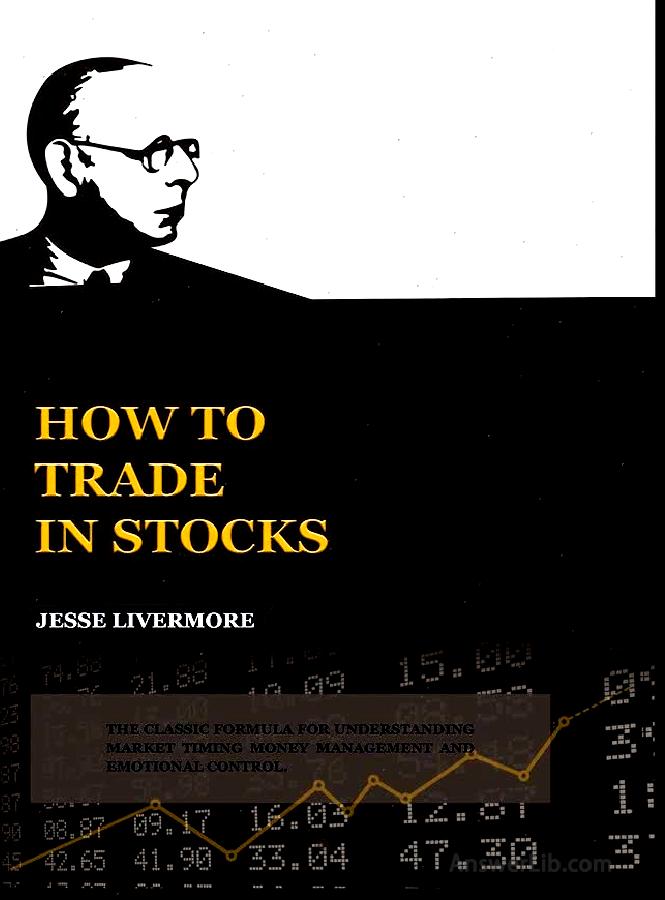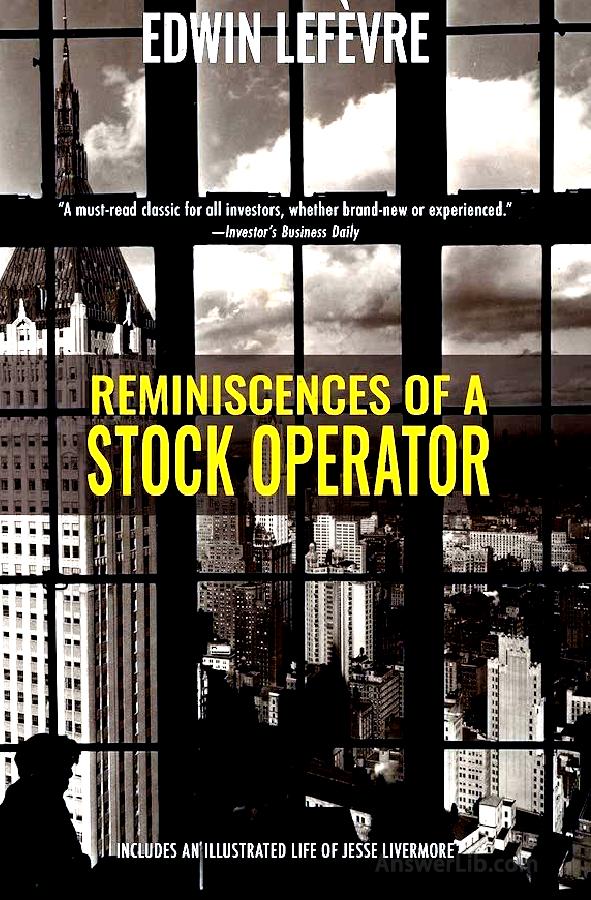Jesse Lauriston Livermore (1877-1940) is one of the legendary characters in the US stock market and is known as one of the greatest stock traders.His career spans the end of the 19th century to the middle of the 20th century.
Livermore was born in 1877.He started his trading career since the age of 14, and soon known for his unique trading style and keen insight into the market.

Bleak American broker:Ying Diandai 劵| | Futu Moomoo| | Microex Securities| | Tiger securities| | First securities| | Robinhood in
Directory of this article
Early experiences
Jesse Lifomor was born in 1877 and spent his childhood in a small farm in southern Massachusetts.Livermore’s family was not wealthy, which forced him to find a way to make money when he was young.Livermore was clever and curious in his youth, showing special interests and talents in numbers and computing.
Livermore left the school at the age of 14 and started working at a stock brokerage company in Boston.Initially, his job was to record the price of the stock, but he soon began to notice the repetition of certain models in the stock market.
Livermore began to speculate in the local “barrel shop” (an illegal gambling stock trading place) with his meager savings.
In these barrels, Lifomor showed extraordinary transactions.He quickly earned the first barrel of gold with his keen observation and determination of market trends.His success was so remarkable in the barrel shop, so that he was eventually banned by some barrel shops because he won too much money.
Livermore showed a keen insight into market behavior and a deep understanding of price fluctuations.These early experiences laid the foundation for his future trading career.
Turning in Wall Street
After being rejected by the bucket shop, Livermore turned his eyes to Wall Street, a larger and more complicated trading stage.
On Wall Street, he must not only deal with more complex market structures, but also face other high-level investors and traders.Nonetheless, Livermore successfully applied his skills in the barrel store to the real stock market and began to establish his reputation on Wall Street.
Livermore’s early career was full of ups and downs.He experienced several ups and downs, earning huge wealth in the stock market several times, and almost bankruptcy several times.These early experiences reflect the instability of the stock market and the risk of speculative transactions.
Livermore is an expert in the bear market.He is also a recognized master of technical analysis.His technical analysis methods, including chart analysis, trend analysis, and stock price and quantity, are still widely used.
In the huge changes in the stock market, Livermore failed many times, and eventually committed suicide in 1940 due to financial dilemma and depression.However, his successful experience, trading skills and thinking methods still have great reference to investors and traders.
Impact on future investors
Jesse Lifomore has a profound impact in the trading industry.He is not only known for his huge success in the stock market, but also contributes to his innovative contribution to transaction strategies and market understanding.
Livermore’s methods and ideas, especially the role of market trend analysis, risk management and psychology in transaction decisions, have a profound impact on later traders and investment strategies.He is regarded by many modern traders as a pioneer, and they draw inspiration and knowledge from his experience.
Jessie Lifomor’s work has an important impact on the financial community, especially his work “How to Make Stock Transactions”(“How to travel in stocks”) also provides profound market analysis and trading skills, which is considered an important work in trading literature.
Affiliate Link
If you want to know more about Jessis Lifomor, you can read “Memories of a Stock Operator”(“Reiminiscences of a Stock Operator”), this book depicts the inside story and trading strategies of the stock market through his trading career, becoming a classic reading in the stock trading and investment field.
Affiliate Link


